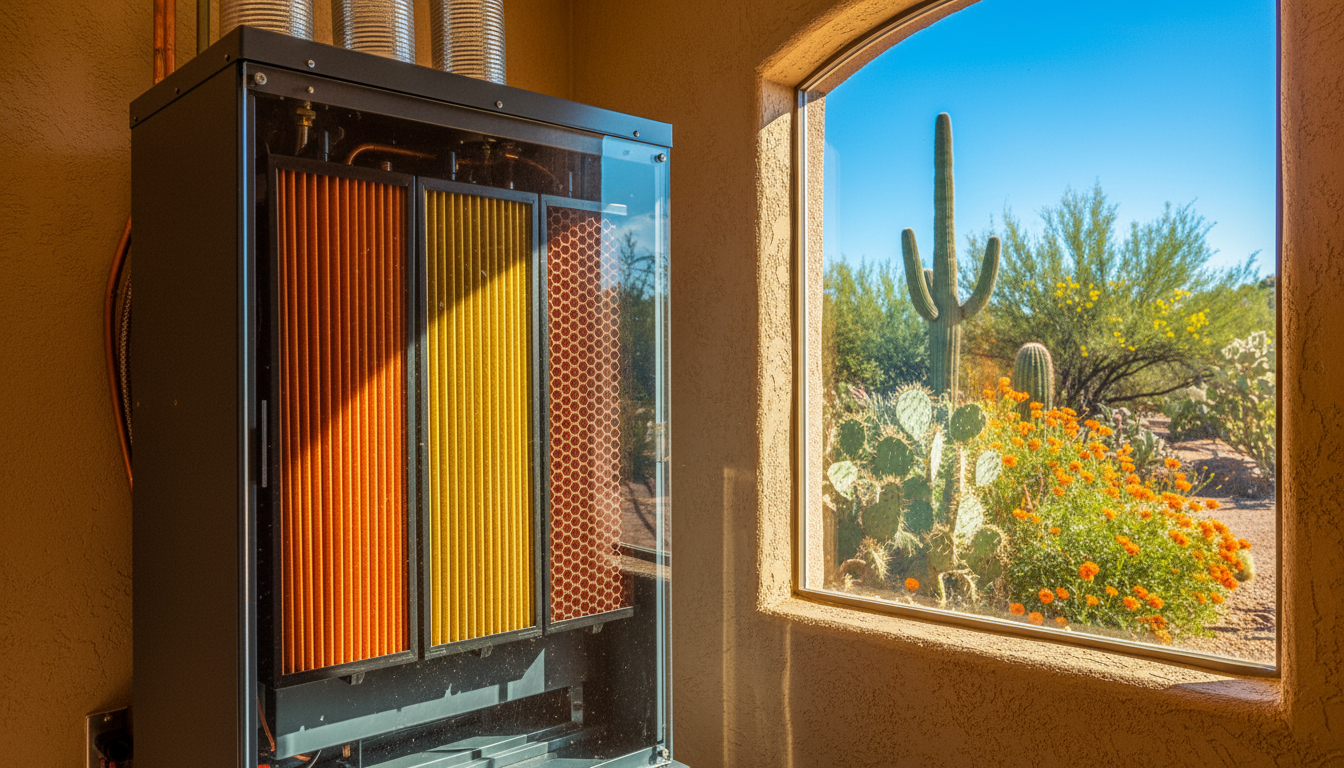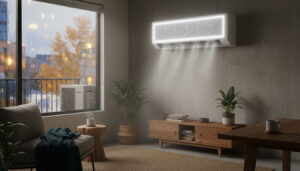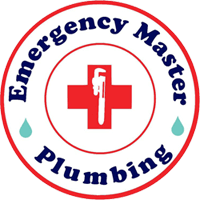

Living in Arizona means enjoying sunny skies and mild winters, but it also comes with unique challenges for allergy sufferers. The state’s dry climate, combined with desert dust, pollen from blooming plants like mesquite and ragweed, and urban pollutants, can trigger uncomfortable symptoms such as sneezing, itchy eyes, and congestion. For many residents in Phoenix, Tucson, and surrounding areas, finding effective allergy relief becomes a daily battle. Enter HVAC systems—the unsung heroes in maintaining indoor air quality. These heating, ventilation, and air conditioning units don’t just regulate temperature; they play a crucial role in filtering out allergens, creating a healthier home environment.
In this comprehensive guide, we’ll explore how HVAC systems contribute to allergy relief in Arizona’s harsh conditions. We’ll break down common allergens, explain the mechanics of HVAC filtration, share practical maintenance tips, and discuss advanced solutions. By the end, you’ll understand why optimizing your HVAC setup is essential for breathing easier in the Grand Canyon State. Whether you’re dealing with seasonal allergies or year-round sensitivities, these insights can transform your living space into an allergy-friendly oasis.
Understanding Allergens in Arizona: Why Your Home Needs Protection
Arizona’s environment is a perfect storm for allergies. The arid desert air carries fine dust particles that irritate nasal passages, while spring and fall pollen seasons from native plants like olive trees and juniper bushes exacerbate symptoms. According to the Arizona Department of Health Services, over 20% of residents report allergy-related issues, often worsened by indoor-outdoor air exchange in homes without proper HVAC management.
Common Allergens in Arizona Homes
Allergens aren’t just outdoor threats; they infiltrate indoors through open windows, on clothing, or via HVAC systems pulling in unfiltered air. Key culprits include:
- Dust Mites and Desert Dust: Arizona’s low humidity (often below 20%) limits mold growth but promotes dust accumulation. Fine sand from monsoon winds can settle in ducts, recirculating particles that cause respiratory irritation.
- Pollen and Plant Debris: Seasonal blooms release pollen that sticks to HVAC intakes, especially in homes near golf courses or hiking trails in Scottsdale or Sedona.
- Pet Dander and Indoor Pollutants: For pet owners or those in urban areas like Mesa, dander and volatile organic compounds (VOCs) from cleaning products add to the mix.
- Mold Spores: Though rare due to dryness, hidden moisture in poorly maintained HVAC units can foster mold, leading to allergic reactions.

These allergens trigger histamine release in the body, causing inflammation and symptoms that disrupt sleep and daily life. Without intervention, they can worsen into chronic conditions like asthma. The good news? A well-maintained HVAC system acts as your first line of defense by capturing up to 99% of airborne particles, significantly reducing exposure.
Problem-solving tip: If you’re experiencing persistent symptoms, start by tracking your allergy peaks using apps like Pollen.com, which tailor forecasts to Arizona zip codes. This data helps you correlate indoor air quality with outdoor triggers, highlighting the need for HVAC upgrades.
How HVAC Systems Work to Provide Allergy Relief
At its core, an HVAC system circulates air throughout your home, but its allergy-fighting power lies in filtration, humidity control, and ventilation. In Arizona’s extreme temperatures—scorching summers over 100°F and chilly nights—HVAC units run frequently, making them ideal for continuous air purification.
The Filtration Process: Capturing Allergens at the Source
HVAC systems use filters to trap particles as air passes through. Standard fiberglass filters catch larger debris like dust bunnies, but for allergy relief, high-efficiency options are key.
- HEPA Filters: High-Efficiency Particulate Air (HEPA) filters remove 99.97% of particles as small as 0.3 microns, including pollen, dust mites, and pet dander. In Arizona homes, where dust is pervasive, upgrading to HEPA can reduce indoor allergen levels by 50-70%, per studies from the EPA.
- MERV-Rated Filters: Minimum Efficiency Reporting Value (MERV) scales measure filter performance. For allergy sufferers, aim for MERV 11-13 filters, which balance efficiency with airflow to avoid straining your system. Lower MERV (1-4) filters, common in basic setups, only capture large particles and let fine allergens slip through.
- UV Light Integration: Many modern HVAC systems incorporate ultraviolet lights to kill mold spores and bacteria on coils and ducts, preventing re-circulation. This is particularly beneficial in Arizona, where AC units combat high outdoor heat but can harbor moisture buildup.
When air enters your HVAC intake, it’s drawn through the filter, where allergens adhere to fibers via electrostatic charge or mechanical trapping. Clean air then distributes via vents, lowering overall indoor pollutant concentrations. For problem-solving, consider whole-home systems over portable units; they provide consistent coverage without the noise or limited radius of standalone air purifiers.
Humidity Control: Balancing Arizona’s Dry Air
Arizona’s low humidity dries out mucous membranes, making allergies more severe by impairing the body’s natural defenses. HVAC systems with humidifiers add moisture during winter, while dehumidifiers in summer prevent excess dampness that breeds allergens.
Optimal indoor humidity for allergy relief is 30-50%. Too dry, and your nose cracks; too humid, and dust mites thrive (they need over 50% humidity). Smart thermostats like Nest or Ecobee integrate with HVAC to auto-adjust, using sensors to maintain this range. In Phoenix homes, where summer AC runs 24/7, this feature prevents over-drying, soothing irritated airways.
Evidence from the American Academy of Allergy, Asthma & Immunology supports this: Proper humidity control via HVAC reduces symptom severity by up to 40% in arid climates like Arizona’s.
Maintenance Tips for Optimal HVAC Allergy Relief
Even the best HVAC system falters without regular upkeep. Neglected units become allergen hotspots, with dirty ducts redistributing dust and mold. Follow these problem-solving strategies to keep your system performing at peak efficiency.
Routine Filter Changes and Cleaning
Change filters every 1-3 months, more often during Arizona’s dusty monsoon season (July-September). Clogged filters reduce airflow, forcing the system to work harder and pull in unfiltered air.
- Step-by-Step Guide:
- Turn off the HVAC at the thermostat and breaker for safety.
- Locate the filter slot (usually near the return air duct or furnace).
- Remove the old filter, note the airflow direction (arrow points toward the blower).
- Insert a new MERV 11+ filter, ensuring a snug fit.
- Vacuum around the slot to remove loose dust.
For deeper cleaning, schedule professional duct sanitization annually. This involves sealing vents, using HEPA vacuums to extract debris, and applying antimicrobial treatments—crucial in Arizona to combat desert sand buildup.
Duct Sealing and Ventilation Best Practices
Leaky ducts lose 20-30% of efficiency and allow allergens to enter from attics or crawlspaces. Seal joints with mastic or foil tape, not duct tape, which degrades quickly in heat.
Enhance ventilation with energy recovery ventilators (ERVs), which exchange stale indoor air for fresh outdoor air while retaining temperature and humidity. In Arizona, ERVs minimize pollen influx during high-allergy days, solving the problem of stuffy, allergen-laden homes.
Monitoring and Upgrades for Long-Term Relief
Install air quality monitors like those from Awair to track particulate matter (PM2.5) levels. If readings exceed 12 µg/m³ indoors—a common threshold for allergy triggers—it’s time for upgrades.
Consider zoning systems that direct clean air to bedrooms, where you spend one-third of your time. For severe cases, integrate air purifiers with HVAC returns. These solutions not only alleviate symptoms but also improve energy efficiency, potentially saving 10-15% on utility bills in Arizona’s climate.
Advanced HVAC Solutions Tailored for Arizona Allergy Sufferers
For those with persistent allergies, basic maintenance isn’t enough. Arizona-specific innovations address the desert’s unique demands.
Smart HVAC Technologies
IoT-enabled systems allow remote monitoring via apps, alerting you to filter changes or air quality dips. In Tucson, where allergies spike with saguaro cactus pollen, these tools enable proactive adjustments, like boosting fan speed during pollen alerts.
Ductless mini-splits offer targeted cooling without extensive ductwork, reducing allergen pathways in older homes. They’re ideal for allergy-prone individuals, as each room’s unit has its own filter.
Eco-Friendly Options for Sustainable Relief
Opt for systems using low-VOC refrigerants to avoid chemical irritants. Solar-assisted HVAC, popular in sunny Arizona, powers filtration without spiking energy costs, aligning with state incentives for green upgrades.
Research from the Department of Energy shows that energy-efficient HVAC units with advanced filters cut indoor allergens by 60% while lowering emissions— a win for health and the environment.
When to Call a Professional: Signs Your HVAC Needs Expert Attention
DIY tips help, but professionals ensure compliance with Arizona building codes and optimal performance. Watch for red flags like uneven cooling, musty odors, or increased allergy symptoms despite cleaning—these signal deeper issues like coil contamination or refrigerant leaks.
Certified technicians perform load calculations tailored to Arizona’s heat, ensuring your system handles both temperature and air quality demands. Regular tune-ups (biannual in desert climates) extend lifespan and maintain warranty coverage.
In conclusion, HVAC systems are indispensable for allergy relief in Arizona, combating dust, pollen, and dryness through superior filtration, humidity control, and ventilation. By understanding allergens, maintaining your setup, and exploring upgrades, you can create a sanctuary that lets you enjoy the state’s beauty without the sniffles. Don’t let allergies control your comfort—invest in your HVAC today for lasting relief.
For expert HVAC services in Arizona, including allergy-focused maintenance and installations, contact Emergency Master Plumbing & Air at 623-584-4706. Our team specializes in creating healthier homes with reliable, efficient systems. Schedule a consultation today and breathe easier!
